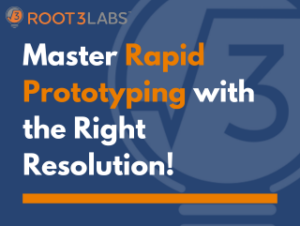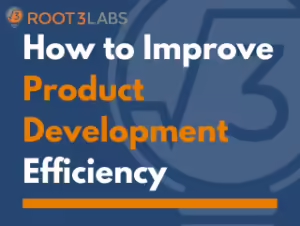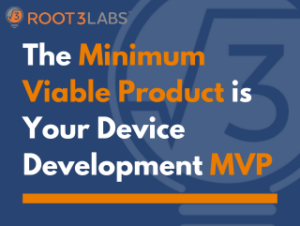The 'Good Fast Cheap' Triangle: How to Win at Product Development Planning
Ever heard the saying, “You can have something good, fast, or cheap. Pick two.”? It’s a familiar concept in product development, often depicted as a triangle. Resources are finite, and there’s a constant push and pull between quality, speed, and cost. We’re exploring this mysterious triangle, and finding out how you can bend these ‘rules’ to your advantage and plan your way to a winning product.
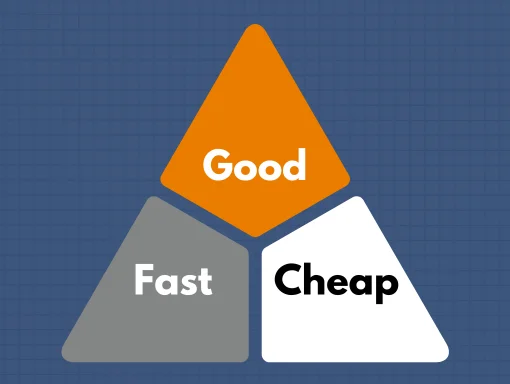
Can You Really Have it All?
We’ve all been there: the looming deadline, the frantic scramble to hit a milestone or get a prototype out the door. Rushing a job often leads to missed details, delays, and ultimately that means higher costs! Imagine a crucial dimension on a machining drawing being overlooked by a harried engineer – that “fast” order quickly devolves, leaving you with something that’s not good, fast, or cheap.
Here at Root3 Labs, we believe in the power of product development planning. By keeping a close eye on the critical timeline elements (the ‘critical path’), we can improve our schedule, reduce overall costs, and create the best quality product. That’s good, fast, and cheap!
Plan Your Way to Good Fast Cheap
So how do we navigate the conflicting demands of the “good, fast, cheap” triangle? Here are some of the team’s thoughts and best tips:
Embrace the Iterative Process:
- Conrad, our Director of Engineering, emphasized the importance of iteration in arriving at a prototype that represents the full triangle. “I don’t think I agree with this concept in full,” He told me, “I think most products ultimately arrive at hitting all 3, and that is what makes them successful. However, this is only accomplished after many iterations of prototypes, which is where this holds truer.”
Prioritize Ruthlessly:
- When we asked Brian, one of our mechanical engineers, he talked about prioritizing “good” as the foundation of your project. “A product that is cheap and fast but not good is, well, not any good. You have to design first for Good and then once you have a good product, you can optimize for reduced cost and improved speed and any other metrics (reliability, longevity, manufacturability, user feedback, advanced functionality, etc). You don’t always need to start with Great, but aiming to miss Good is a recipe for headache later.”
Plan for the Long Haul:
- Remember that age old piece of advice – ‘Your lack of planning does not justify my emergency’. Taking the time to plan out your development roadmap upfront can save you headaches (and more resources) down the line. Identify your critical milestones, potential roadblocks, and dependencies between tasks.
The Power of "Good Enough":
- Striving for perfection in the early stages can be an easy pitfall! Aiming for a “good enough” prototype during the early development stages is all that’s needed to validate your core concept. This will allow you to gather valuable user feedback and refine your design efficiently.
Wondering how to get YOUR Product
Development Process right?
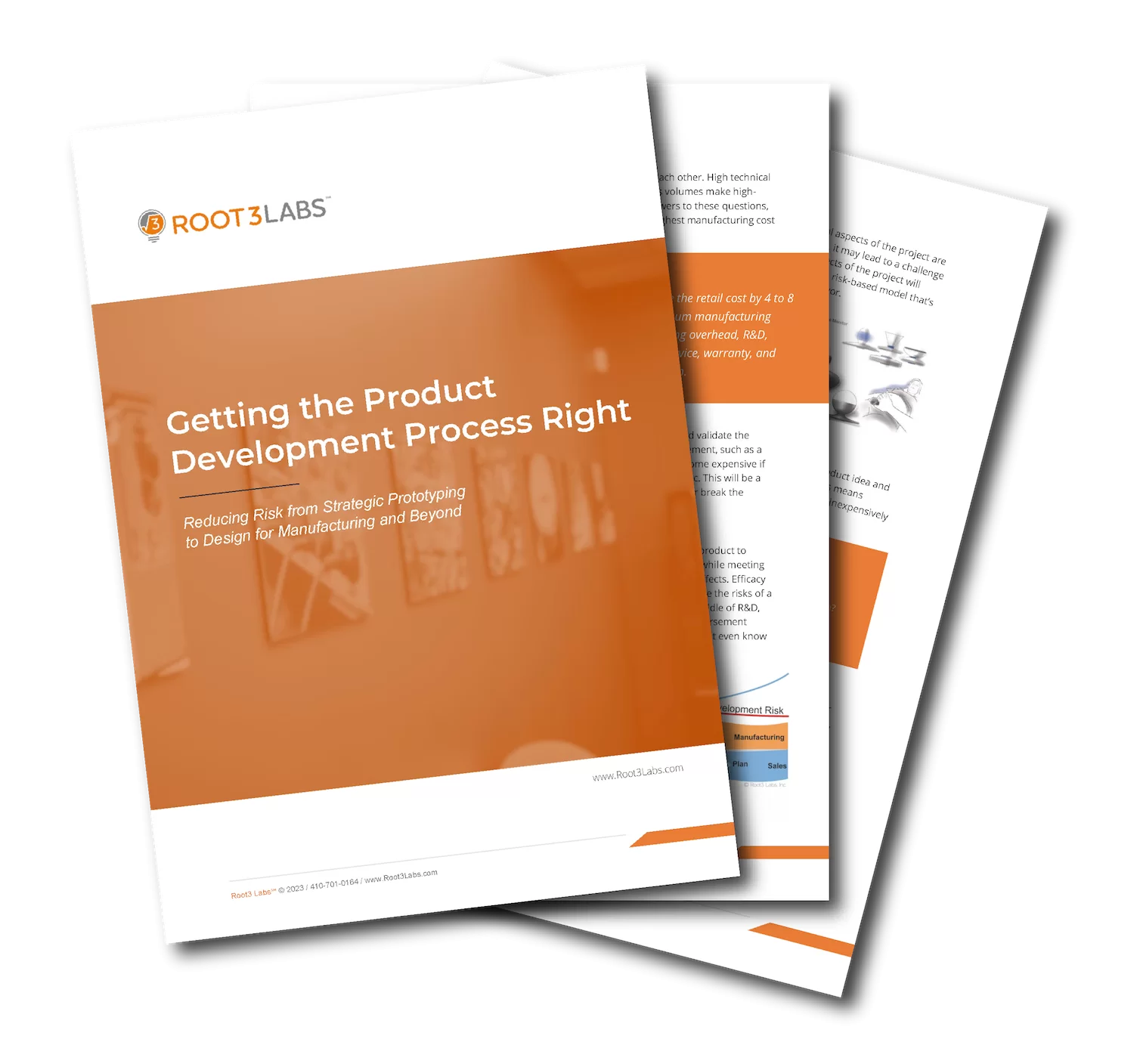
Beyond the Triangle
Remember, while “good” might take center stage initially, don’t lose sight of the other two corners of the triangle. As your product evolves, you can continually iterate for speed and cost without sacrificing quality. While striving for “great” is always admirable, the key is to never settle for less than “good”. Rushing through development to hit an arbitrary deadline for a product that ultimately falls short can lead to long-term issues.
You don’t always need to start with perfection, but aiming to miss “good” by focusing on “fast” or “cheap” is a recipe for disaster.
By prioritizing planning, embracing iteration, and focusing on core quality, we can break free from the limitations of the ‘good fast cheap’ triangle.


